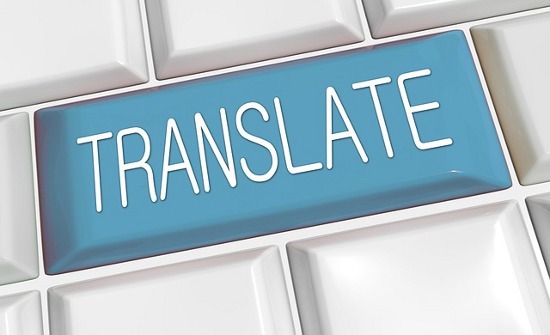Translation of documents into foreign language is a time taking process and needs perfection. Nowadays, translation is high in demand, in terms of document translation for immigration, translation for taking business to international fronts, etc. Prior to the start of translation process, you need to follow the following steps:


1. Know your target language – This is one of the crucial steps to be followed. As the region you select might have different terminology, as compared to the universally accepted language. For example, in order to translate documents to Spanish, you need to know your target language. Different regions in Spain speak with slightly different terminology. It is advised to go for universal Spanish translation.
2. Make sure you have all the documents to be translated – If you want translation for immigration, then make a note of the documents you need. Here is a list of documents :-
- Birth certificate
- Passport
- Academic evidence
- Professional evidence
- Documents of family members
- Marriage certificate (if married)
- Divorce papers( if applicable)
- Bank statements
According to the immigration laws, one can be their own translator, if one can prove that they know both the languages. But, it is always beneficial to hire a translation company, as they perform the task systematically and review the documents. This helps in elimination of any potential problem, which, in turn, would avoid delaying your immigration.
3. Identify the scope – To identify the scope of the translation process, you need to be aware of the following
- Let the translator know about any specific requirements.
- Know the size of the paper required
- Estimate the delivery date
- Identify the part of content to be translated
4. Don’t forget to identify the TAT – Any legal process has strict turn around time so does the translation process. This helps you keep the work on track and stay organised. On an average a translator can work out a maximum of 2500 words per day. So, depending on the number of words to be translated and DTP hours calculate the estimated time required for the entire work.
5. Finalising the format – In order to drive out the risk of huge problems, it is beneficial to decide the format. One of the important tips for legal translation is to jot down a summary of requirements and format. Stay in touch with the translator, so that the queries are solved within time and quality of work provided is appropriate.
Moreover, it is advised that the documents should be typed and not handwritten. It should contain certification letter from the certified translator. The certification letter can be handwritten, but it is better to get it typed, so as to ensure good quality documents.
6. Creation of glossary – Glossary should be created in consultation with the translators and in-country reviewers. This helps the translators select their content accordingly. Let the in-country viewers check and approve it. Approval of glossary is done in three rounds after which the translation work begins. This steps smoothens the entire process although it might take a few more days for the completion of the project. Not only this, glossary for one project can be used later for other projects also.
7. Deciding the budget – After finalising the glossary, format, TAT, scope and target language, the only thing left is the budget. Generally the price decided on per word basis.
8. Others – The certification letter from the translator should be notarised.
The Bottom Line
On the whole, it is seen that one should hire a certified translator for translation of documents, especially in the case of immigration. Document translation for immigration is a legal process which needs perfection. Follow the above discussed steps and get the translation work done smoothly and correctly.









